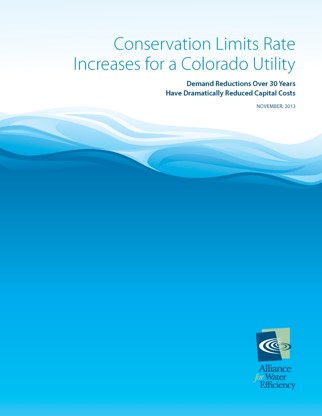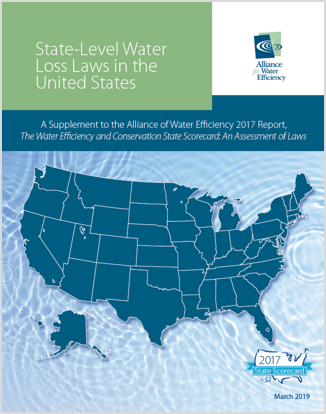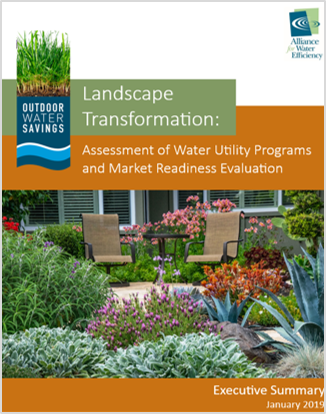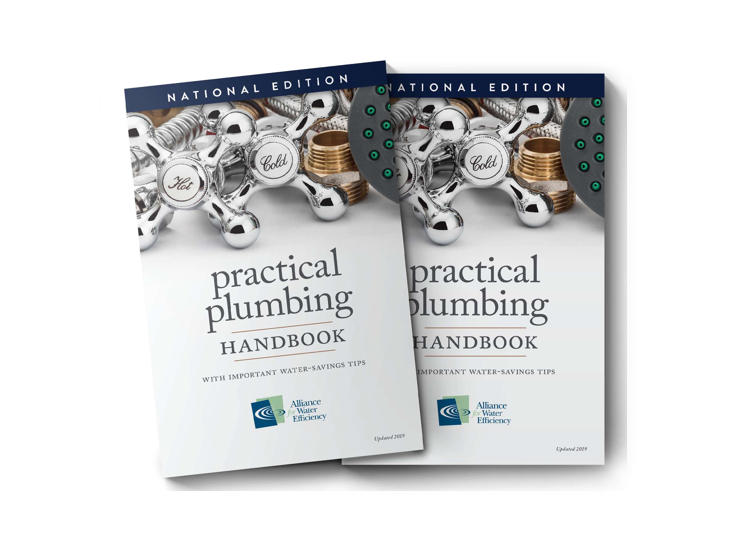An article that presents an analysis of water use trends and avoided costs.
There is a commonly held belief in the water industry that declining per capita usage due to water conservation is forcing rate increases to compensate for fewer units of volume billed. But the rate increases necessitated by conservation are actually much smaller than the rate increases that would be necessary to account for population growth in the absence of conservation.
In Westminster, Colorado – a suburb of Denver with a projected population at build-out of about 152,000 - a 21% reduction in average per capita water demand experienced over the past 30 years has resulted in significant benefit to its customers and reduced the rate of increase in water and wastewater rates. While water and wastewater rates and tap fees have increased in Westminster over that 30 year time period, they have increased much less than they would have if per capita demand had stayed constant at 1980 levels.
Customers in Westminster have avoided increasing their water rates by 99% and their wastewater rates by 18% had this level of water conservation not been achieved. New customers in Westminster have also avoided an 80% increase in water and sewer tap fees. Yes rates have gone up, but because of the costs associated with new water supply and infrastructure, they have gone up much less than they would have.






